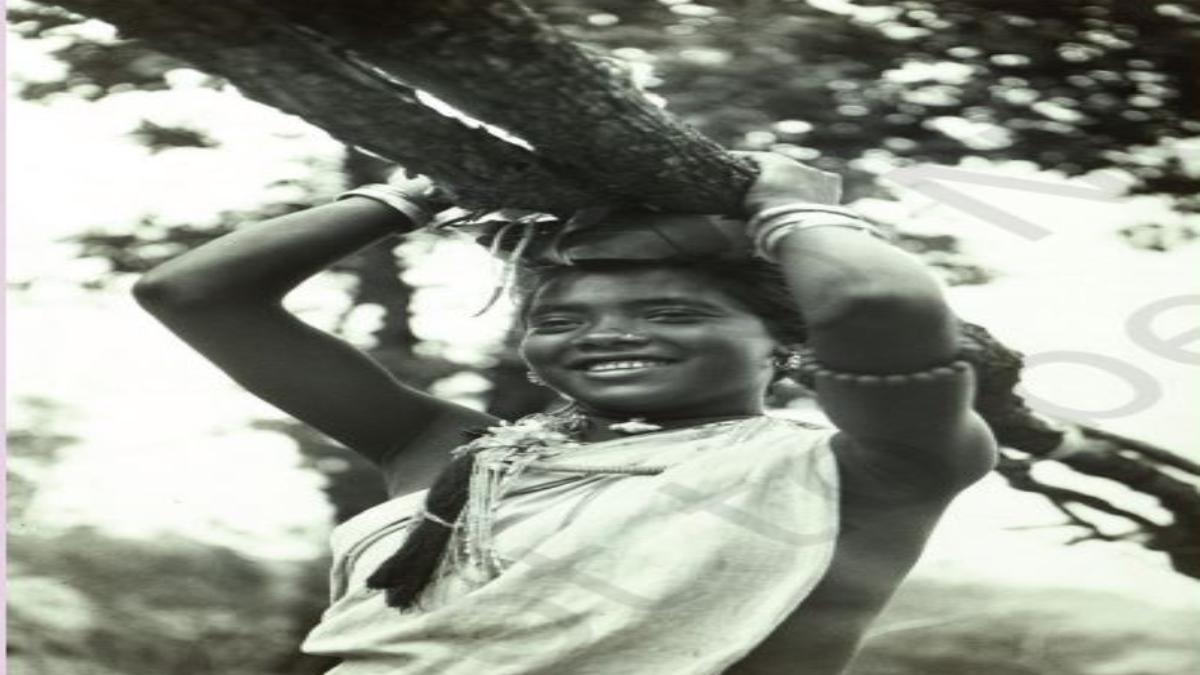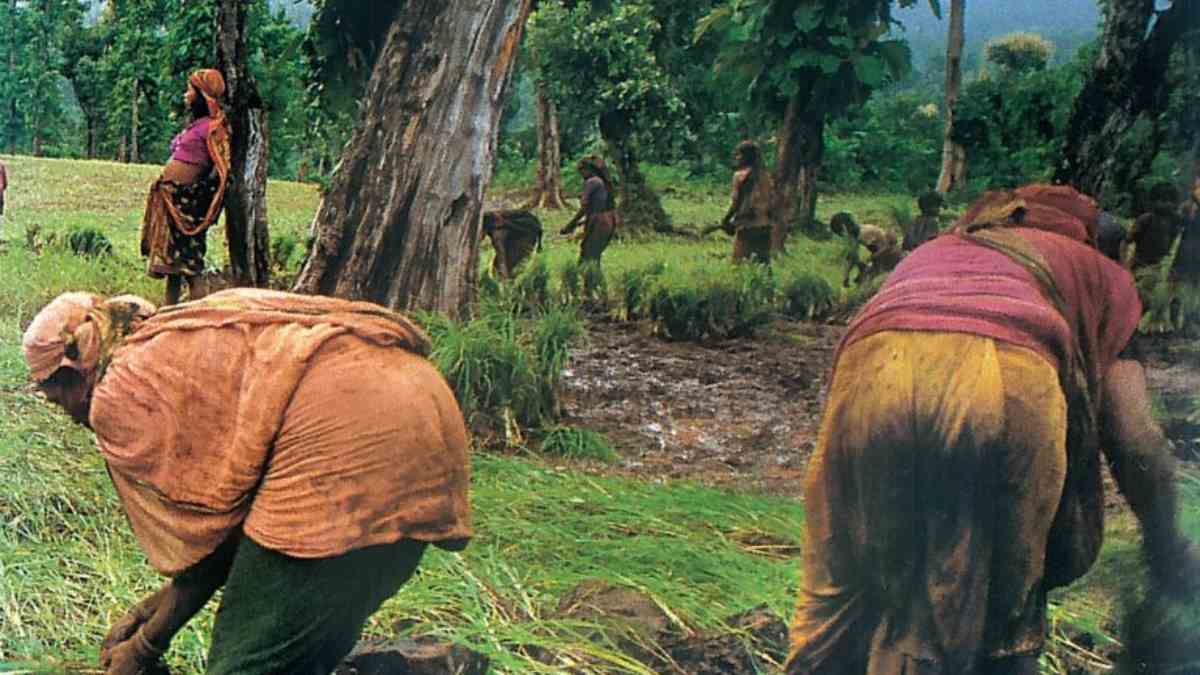Indian Tribes: A man named Birsa was born into the Munda tribe. He was often seen roaming around Chottanagpur in Jharkhand. People believed that he had miraculous powers. No sooner than that, Birsa acquired thousands of followers. His followers included other tribals of the region – Santhals and Oraons. This is just one story from the rich tribal history. Let's find out more about tribal communities.
What is a tribe?
A tribe is a diverse community and one of the oldest inhabitants of the sub-continent. The term tribe was introduced by the Britishers in the colonial period. A tribe shares a common culture and language. NCERT defines tribe as 'a modern term for communities that are very old, being among the oldest inhabitants of the sub-continent'.

What are the characteristics of Indian tribes?
There are various unique characteristics of tribal communities. As per NCERT, tribes were communities that did not follow a particular religion with a written text, rather they worshipped nature. They did not have a state or political form and did not have any divisions based on class or caste.
How are Indian tribes classified?
Indian tribes are often classified on the basis of their permanent features and acquired features.
Permanent features
The permanent features used to classify the Indian tribes are language, region, ecological habitat and physical characteristics.
Language- Indian tribes can be classified into four categories on the basis of language. These are Indo-Aryan, Dravidian, Tibeto-Burman and Austric.
Region- While the tribal communities in India are scattered throughout the nation, there are regions where the percentage is higher. The states of North East have the highest concentrations of tribals.
Ecological habitat- These include plains, forests and hills.
Physical characteristics- As per their physical traits, Indian tribes are grouped as Negrito, Mongoloid, Dravidian, Aryan and Australoid.
Acquired features
The acquired features used to classify Indian tribes are mode of livelihood and extent of incorporation into Hindu society.
Mode of livelihood- On the basis of mode of livelihood, tribes are categorized as food gatherers and hunters, shifting cultivators, fishermen, peasants and industrial workers.
Extent of incorporation into Hindu society- The classification of Indian tribes in politics and public affairs is based on the extent of incorporation into the Hindu society.

What are some of the major Indian tribes?
The major Indian tribes include Bhils, Gonds, Munda, Santhal, Garo, Khasi, Kodaba, Bhutia, Angami, Toto among others.
CBSE Video Courses for All Subjects for Class 10 Students
Class 10 students can study effectively with the help of video courses prepared by the subject matter experts. These video courses will explain the concepts in a simple and interactive manner which will help learners to understand clearly. The videos are available for all major subjects which includes social science. Click on the below image:
Note: All images have been taken from NCERT Class 8 History textbook (Our Pasts-III).
Also, check
Amazon River: Location, Origin, Climate, Questions And More
Manufacturing Industries: Definition, Types, Examples, Questions And More

Comments
All Comments (0)
Join the conversation